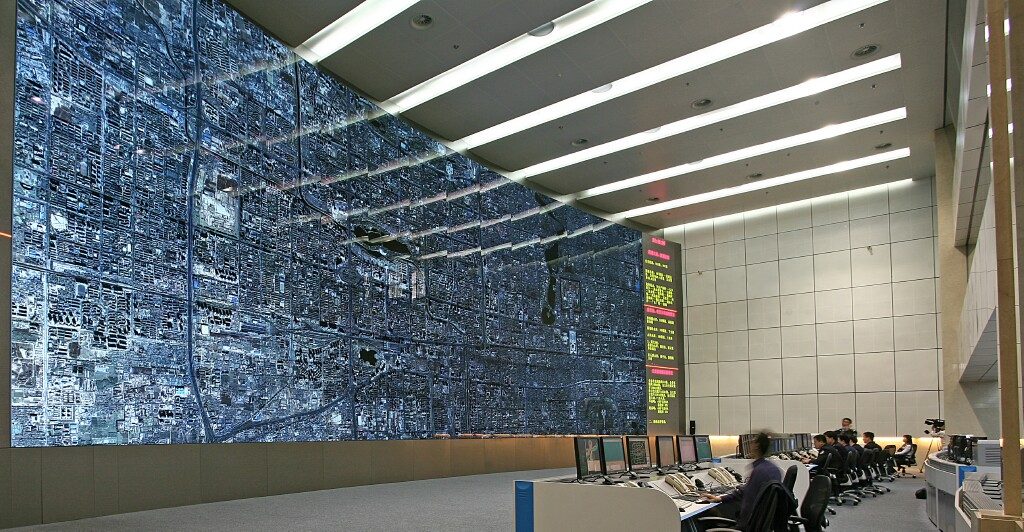
Before long, Santiago could be a city full of electric vehicles charged by “smart” power grids, many of them driving on highways equipped with traffic-reducing automated variable toll pricing. Perhaps a new arrival to the Chilean capital would go for the chance to found a technology company, incentivised by programmes like the state-backed, foreigner-friendly Start-Up Chile, in “Chilecon Valley”. And perhaps they’ll stay for the capital’s reputation boasting the most advanced public transit system in Latin America.
Or they might opt for Africa instead of South America, to take advantage of the assistance offered by organisations like SmartXchange in Durban. Not only does South Africa’s third largest city now have an increasingly tech-savvy middle class population, it has schools like the Durban University of Technology, whose Urban Futures Centre is even developing technological solutions to the common challenges of drug use, security and policing strategy. If these succeed, Durban, like Santiago, may count itself among the highest-tech cities sooner than the rest of the world could imagine.
An urbanite cannot live by startup incubation alone – only implementing the latest technology within a sound built and social environment can make a city truly hi-tech. Indeed, I kept hearing the same answer from current and former San Franciscans asked to name the best such cities in the world right now: “Not San Francisco.” Yet last year Tech Insider’s ranked the “undeniable epicentre of all things tech, from its gigantic start-up culture to its venture capital scene to its population of designers and programmers,” at the top spot. If San Francisco doesn’t rank among the most hi-tech cities in the world, which city could?
Read the whole thing at the Guardian.